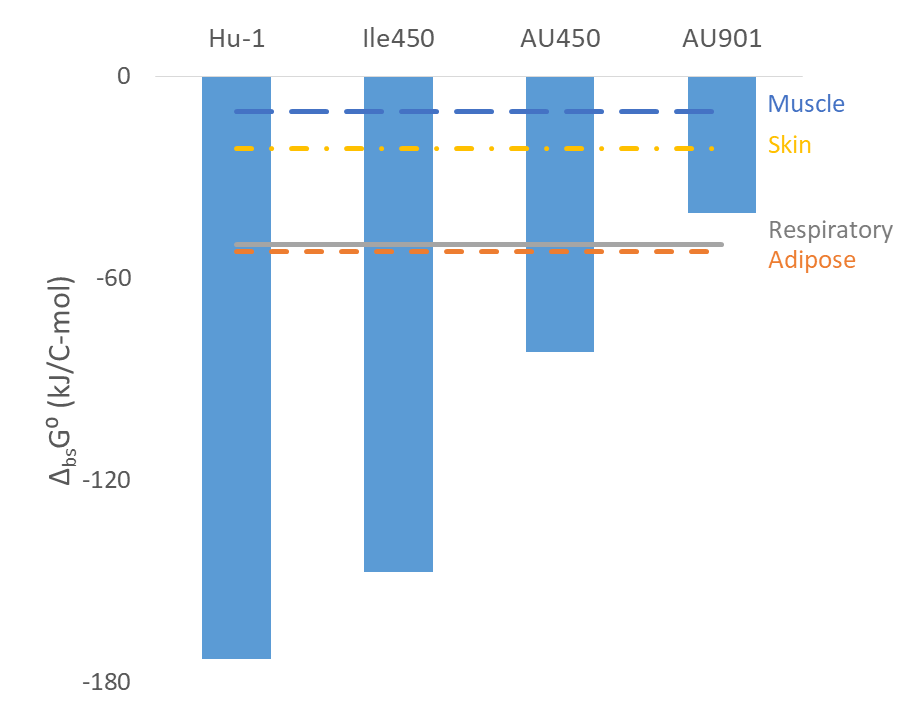Live attenuated vaccines have through history proved themselves as safe and efficient. Pasteur has developed a vaccine against rabies, through a long process of passage of the virus wild type through rabbits. The result was one of the most efficient attenuated live-virus vaccines. This paper suggests a method based on calculations of biothermodynamic properties of potential tissues for vaccine application, predilected host tissue and virus wild type. Gibbs energy of biosynthesis represents the thermodynamic driving force for virus multiplication. The attenuated strain of the virus should possess Gibbs energy of biosynthesis, which is less negative than the predilected target tissue, but more negative than the vaccine portal tissue. In that way, the attenuated virus strain should be able to multiply in the vaccine portal of entry tissue and cause an immune response, making it efficient. On the other hand, the attenuated strain cannot multiply in the predilected host tissue, making it safe. The attenuation is achieved by adding a gene to the virus, which encodes a ballast protein. Production of the ballast protein would make virus multiplication less favorable, since it would require energy, but be useless to the virus.

